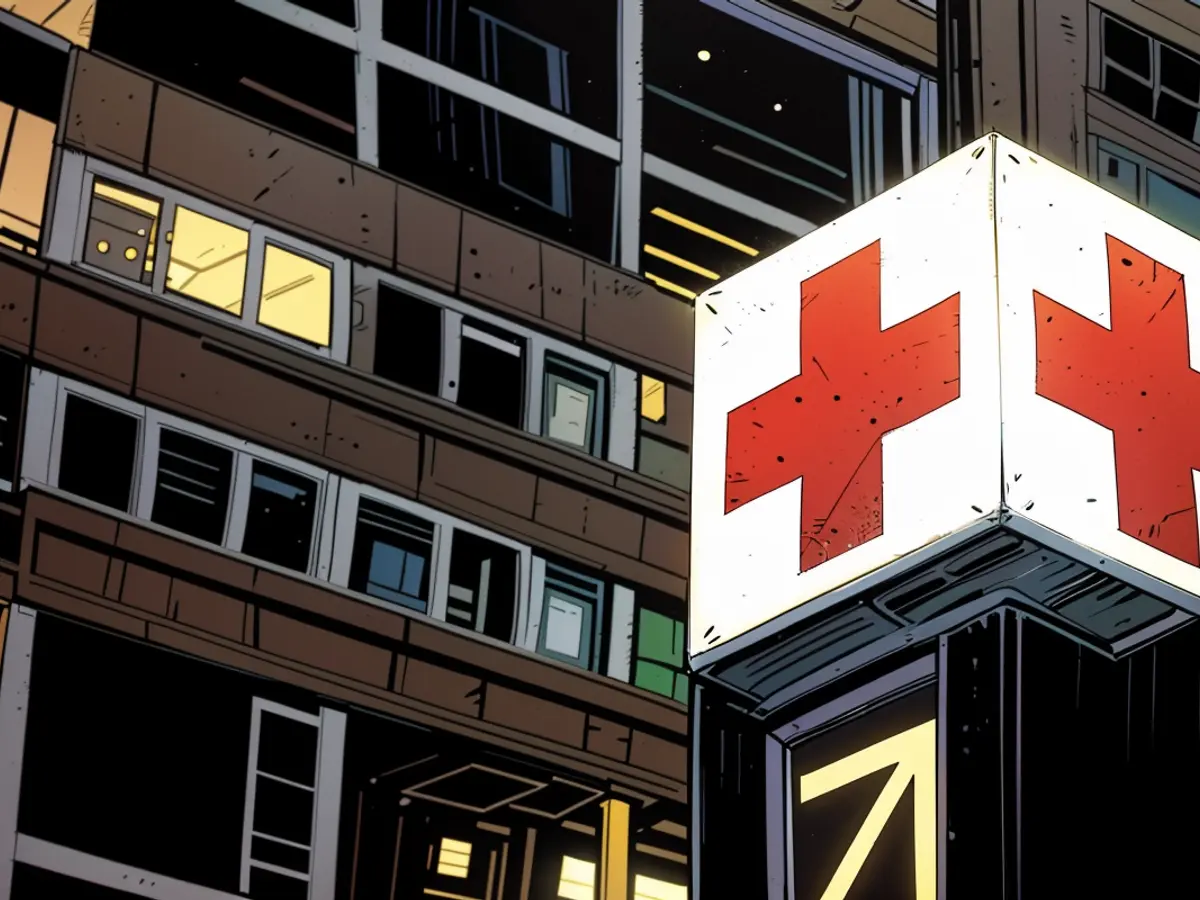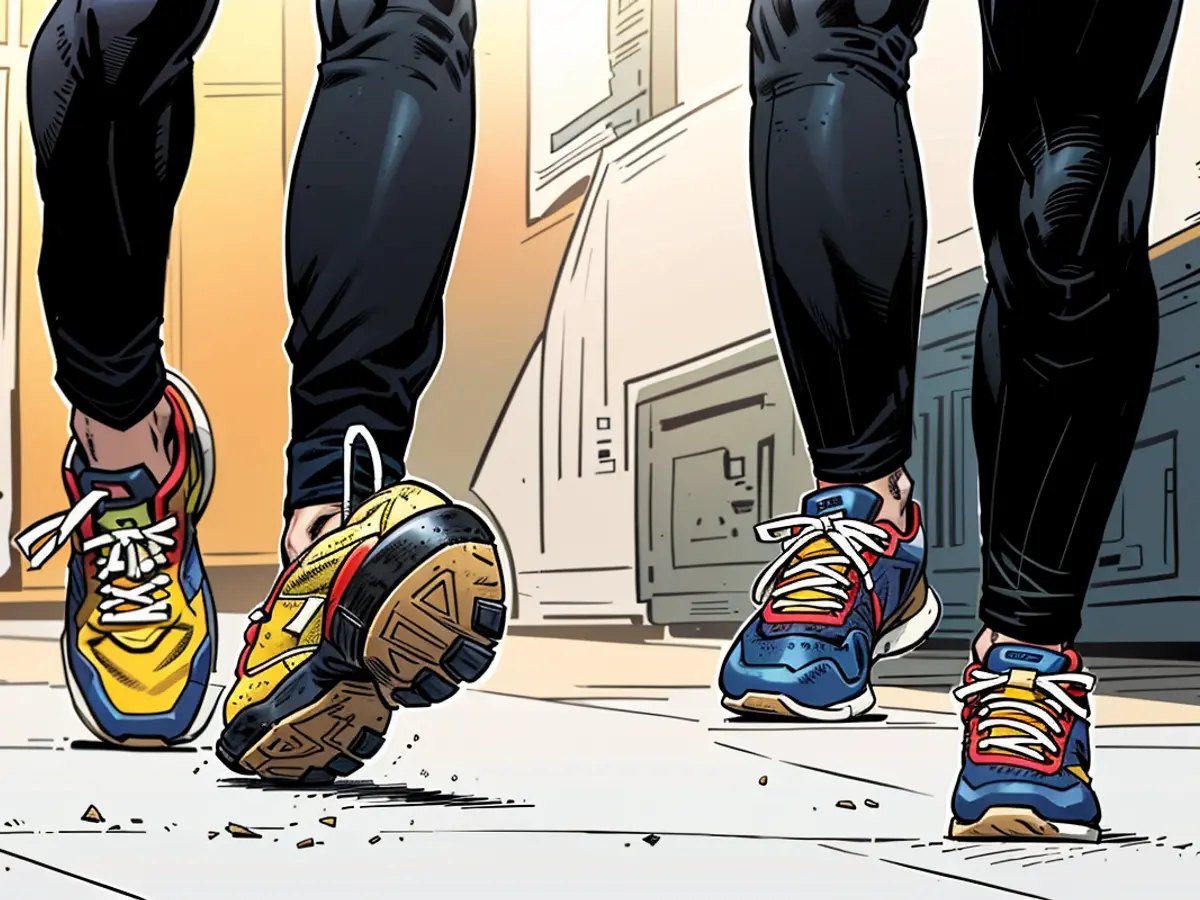Steps for avoiding heat stroke and related issues during extreme heat
As summer heats up and is now officially the hottest on record, emergency department visits linked to high temperatures have increased. In 2023, there were nearly 120,000 visits related to heat-related issues, according to the Morbidity and Mortality Reports published by the US Centers for Disease Control and Prevention. This rise in heat-related problems leads us to question: what do we need to know about heat stroke? What symptoms should we look out for, and how can we help someone in need? What other ailments are associated with extreme heat?
To answer these questions, I spoke with Dr. Leana Wen, a wellness analyst at CNN and a clinical associate professor at the George Washington University. Dr. Wen is also an emergency physician, who has previously served as the health commissioner of Baltimore.
CNN: What should we know about heat stroke, and what are its symptoms?
Dr. Leana Wen: Heat stroke is a dangerous medical emergency. It can be life-threatening because it occurs when the body's ability to regulate its temperature becomes overwhelmed, causing an extreme rise in body temperature - up to 106 degrees Fahrenheit in just 10-15 minutes. Symptoms include confusion, dizziness, fainting, slurred speech, loss of consciousness, seizures, and abnormal heart rates. If someone near you exhibits these symptoms, they must seek immediate medical help.
CNN: What can bystanders do to assist someone with heat stroke?
Wen: If someone is experiencing heat stroke, move them to a cool, shaded area, and apply cool, wet cloths or ice packs to their neck, armpits, and groin. If possible, soak their clothing in cold water. Stay with the person until emergency help arrives.
CNN: Are there less severe heat-related illnesses?
Wen: Yes, temperatures can cause less severe but still harmful conditions before leading to heat stroke. Heat exhaustion, for example, is marked by nausea, fatigue, dizziness, headache, heavy sweating, and cool or clammy skin. To avoid developing heat stroke, move to a cool place and wear light clothing. Monitor any worsening symptoms or if they don't improve after an hour; then seek medical help.
CNN: Are there other health conditions associated with extreme heat?
Wen: Yes, there are two significant effects of extreme heat. First, the high temperatures directly affect the body, causing it to overheat. Second, heat can worsen the effects of pre-existing medical conditions. The interaction between heat and cardiovascular disease can be fatal in 25% of cases. Heat extremes can also exacerbate conditions such as diabetes and various mental health diagnoses.
CNN: Which groups of people are most susceptible to the negative effects of high temperatures?
Wen: The three most vulnerable groups include the very young, the elderly, and individuals with chronic medical conditions whose medications may interfere with temperature regulation. Heat puts additional strain on vital organs, including the heart, lungs, and kidneys. Outdoor workers and those experiencing homelessness or lacking access to cool spaces face increased exposure to heat.
CNN: What measures should these at-risk groups take during heat advisories?
Wen: It's essential to protect yourself when heat advisories are issued. Limit outdoor time, especially during the hottest parts of the day. Exercising early in the morning or evening is ideal. Also, remember to stay hydrated. Friends and family members can monitor outdoor exposure for vulnerable individuals and watch for concerning symptoms. Remember never to leave children, older adults, or pets unattended in a hot car; the temperature inside can reach lethal levels rapidly.
Original Story:
Image:
Header 1:
List:
- Children: have less physiological reserve and may not be able to report how they are feeling
- The elderly: have less physiological reserve and may have more difficulty regulating their body temperatures
- People with chronic medical conditions: medications may interfere with the body's ability to adapt to temperature changes
- Outdoor workers: may not have access to cool spaces or have socioeconomic constraints that increase their exposure to heat
- Homelessness: people who experience homelessness or otherwise lack access to cool spaces in their residence
Individuals with professions that require them to work outside must exercise caution. It's crucial for them to stay hydrated, apply suitable sun protection, and take refuge in shaded and air-conditioned areas when they're not busy working. The homeless or those without access to air-conditioned spaces should look for local services such as cooling centers and temporary shelters during heat waves.
When it comes to severe weather conditions, we must look out for one another. Keep an eye on children and periodically check up on elderly neighbors and other members of our community who might need assistance.









